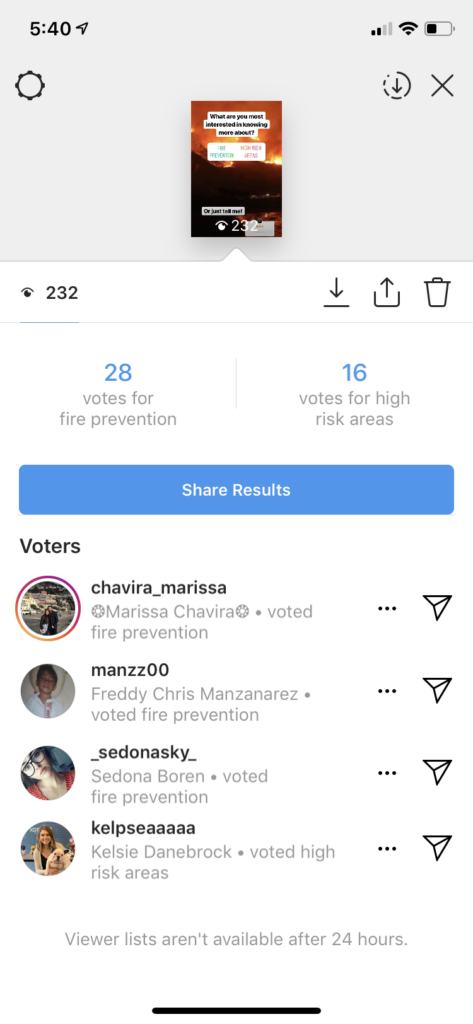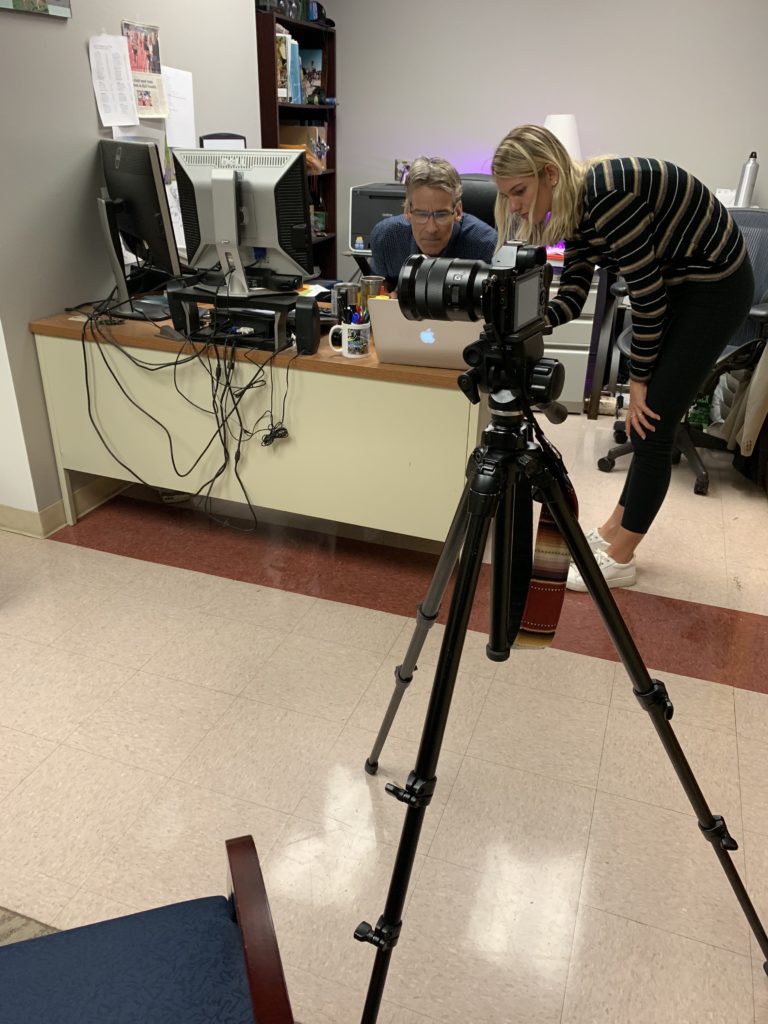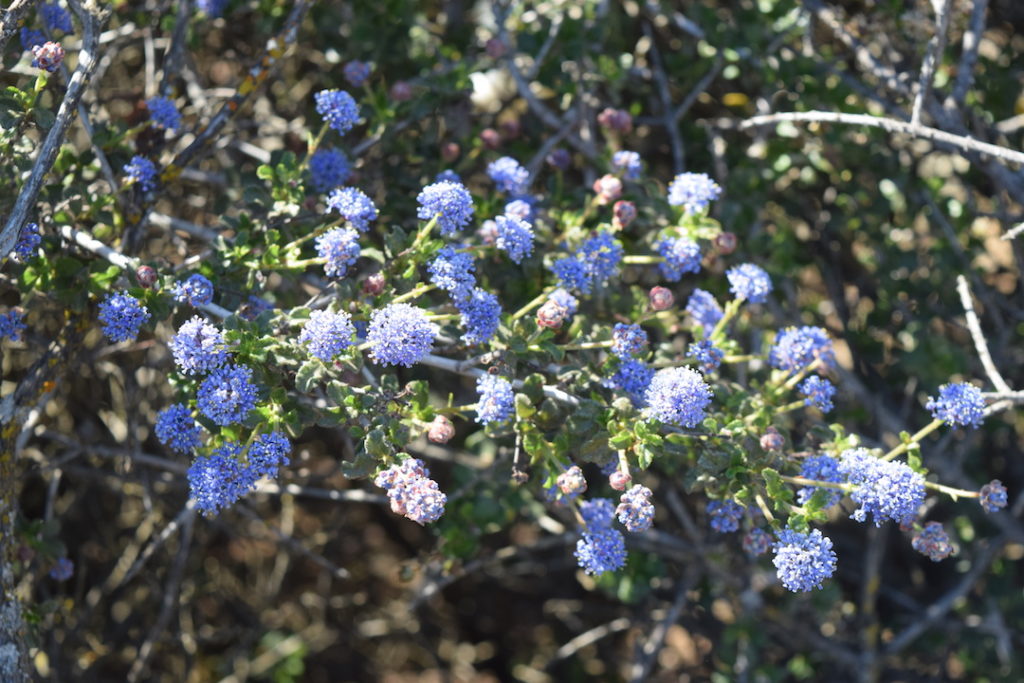The past few years have not been easy for California. As temperatures continued to increase and rainfall remained dismal, dangerous wildfires wreaked havoc across the state — killing hundred of civilians and leaving entire cities in ash. However, with the help of an abnormally wet winter, our golden state bounced back (and in a big way). The Central Coast boasted vibrant green hillsides and several national monuments saw the return of the super bloom. But our picturesque spring could potentially turn into a catastrophic summer. As the excess plant growth already begins to die, our team was curious to uncover whether this year’s super bloom could lead to a super fire.
After securing our topic, I immediately jumped into our community engagement report. I quickly realized that the topic of wildfire is certainly of interest to people. At this point, most California residents have either been been directly or indirectly affected by wildfires in some way, and I think fire safety is certainly on everyone’s mind. People were quick to offer many sources, including professors on campus and individuals who have been affected themselves.

While completing the backgrounder, I came across a Los Angeles Times article discussing the risks of the super bloom. Much to my surprise, Cal Poly’s Head of Horticulture and Crop Science Department, Scott Steinmaus, was quoted as a source. While he wasn’t one of our initial sources, he eventually provided us with excellent insight on the Central Coast’s plant life.
“Firefighters are looking for five characteristics of plants when they try to decide the risk of fire,” Steinmaus said. “The two most important factors are moisture content and chemical content.”

Although it seemed like we had an abundance of sources, one by one, they began to fall through. This caused some of our group members to drop what they were doing in an instant in order to secure an interview.
“I woke up to a call from the fire department,” journalism senior Zach Donnenfield said. “They were only able to do an interview within the next hour. So I rolled out of bed and quickly went over to the station.”
Everyone had their own skills tested in some way. Never having used a DSLR camera or Adobe Premiere Pro before, I gave journalism senior Kaylin Waizinger a crash course on reporting and editing.
“Filming and editing are in no way my strong suit when it comes to journalism,” Waizinger said. “However, with the help of Caitlin, I was able to learn more about Adobe Premiere Pro and how to eventually put together a series of clips that created a narrative.”
After shooting her first news video, she quickly learned the unspoken role of video production: you can never have enough b-roll.
“Another issue I ran into was the inadequate amount of b-roll I had to edit with,” Waizinger said. “I learned quickly that as much b-roll as possible is helpful. It’s important to have a variety of shots to choose from.”
This project also pushed journalism senior Felix Castillo out of his comfort zone. While he was excited to get his hands dirty in some photography, he said he struggled with trying to make uninteresting landscape photos attention-grabbing.
“I enjoy taking photos,” Castillo said. “But finding a creative way to show visuals that best suit and complement the story has been somewhat of a challenge.”

Overall, this topic taught us a lot about the importance of staying on our toes and being ready to work when the time unexpectedly arises. It also taught us the importance of team work. Where one team member lacked, another had to be ready to help out and fill in the gaps when necessary.